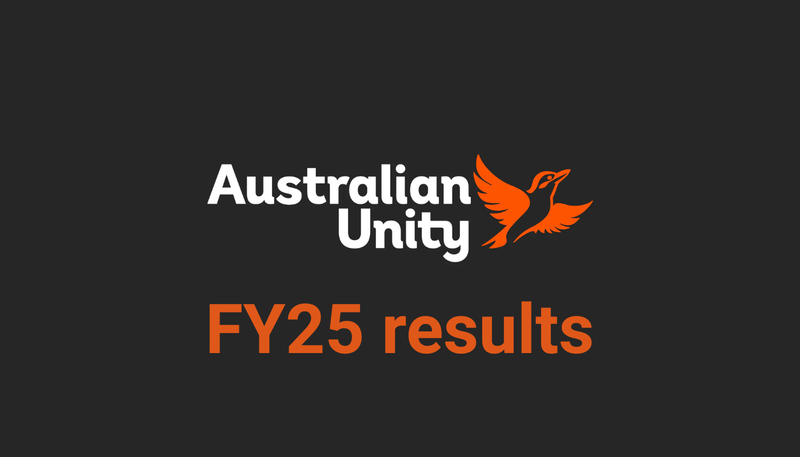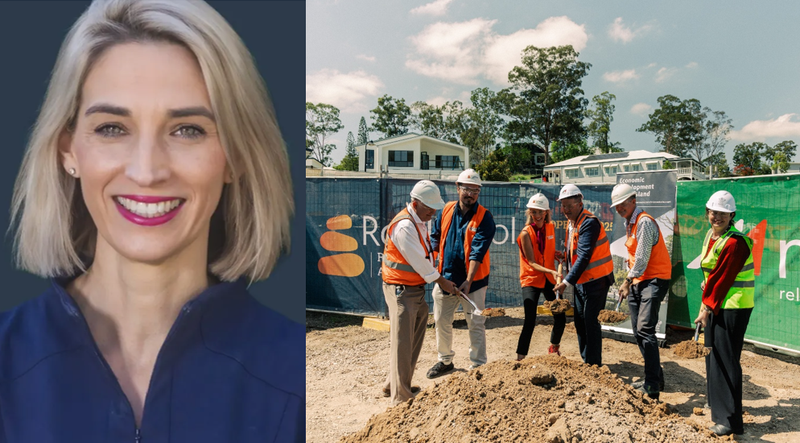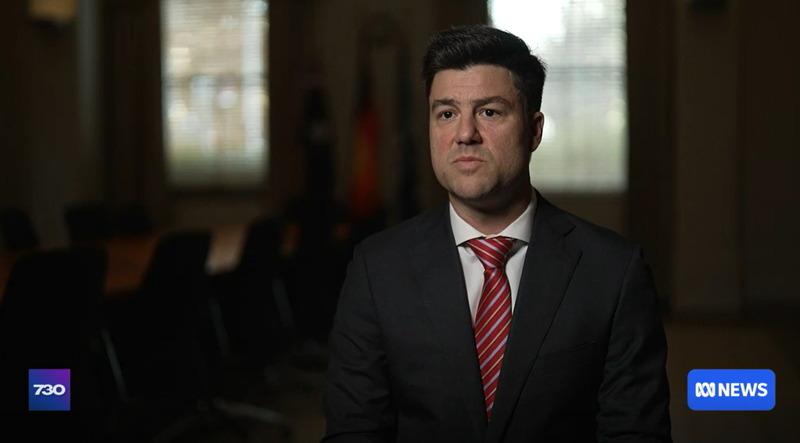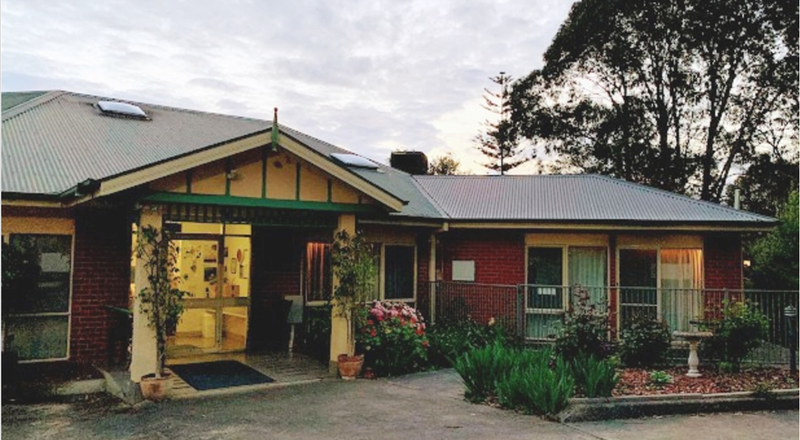Department of Health representative dismisses Royal Commission’s idea for multiple entry points to access aged care system – but says rapid expansion of home care workforce not “impossible task”
The First Assistant Secretary for In Home Aged Care, Dr Nicholas Hartland PSM (pictured above right) has thrown cold water on the Commissioners’ proposal to allow older Australians to enter the aged care system through referrals from GPs...
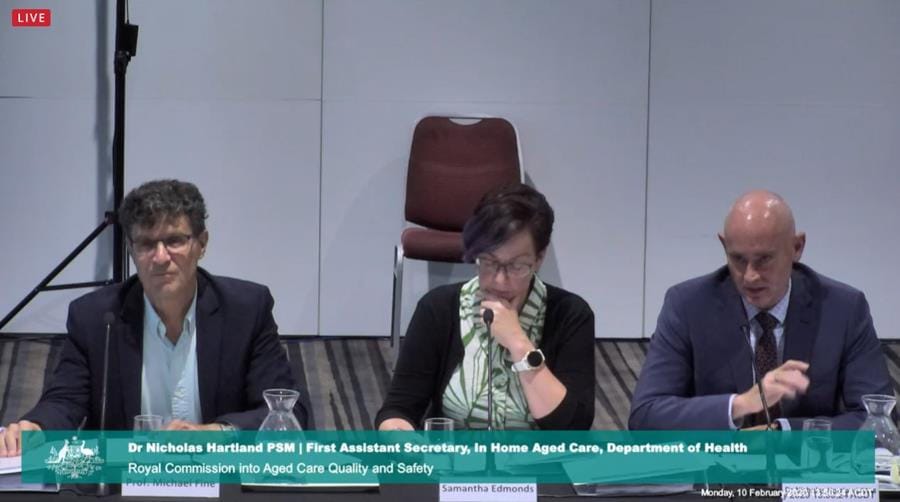
The First Assistant Secretary for In Home Aged Care, Dr Nicholas Hartland PSM (pictured above right) has thrown cold water on the Commissioners’ proposal to allow older Australians to enter the aged care system through referrals from GPs, hospitals and providers – pointing out it undermined the premise of the Commissioners’ own consultation paper.
For just over an hour-and-a-half, Senior Counsel Assisting Peter Gray QC ran through questions around accessing the aged care system and providing face-to-face services and better information for consumers with the panel of 10 witnesses, who were:
- Ian Yates AM – Chief Executive of COTA Australia
- Paul Versteege – Policy Manager of the Combined Pensioners and Superannuants Association
- Professor Michael Fine – Honorary Professor in the Department of Sociology at Macquarie University (who is currently working with Professor Kathy Eagar from the Australian Health Services Research Institute at the University of Wollongong on the development of an Australian community care outcomes measure).
- Dr Ricki Smith – CEO of Access Care Network (and reablement advocate)
- Dr Nicholas Hartland PSM – First Assistant Secretary for In Home Aged Care in the Department of Health
- Samantha Edmonds – Chair of the Aged Care Sector Committee Diversity Sub Group
- Professor John McCallum – CEO of National Seniors Australia
- Sean Rooney – CEO of Leading Age Services Australia (LASA)
- Professor Mark Morgan – Royal Australian College of General Practitioners
- Bryan Lipmann AM – CEO of Wintringham
The Senior Counsel tested the panel closely on the idea of multiple entry points to the aged care system, noting Professor Kathy Eagar’s submission that it would be impossible to imagine the health system with only one entry point.
Associate Professor Morgan argued strongly for GPs to be one point of contact.
“I think we are in furious agreement that assessment is a complex process it has to be consistent and accurate for that high needs group with complex needs but I think if you have got a system that relies on a gold standard, home-based comprehensive assessment process as the only access point, then you’re going to have waiting lists and great difficulty with access,” he stated. “So, what I’m envisaging is a system where simpler basic needs that emerge can be managed through the already existing assessment processes that happen in primary care … practice and almost a triaging process for the more complicated people that need that.”
Professor Fine also supported the idea of a ‘primary care system’ where people can be referred to services from health providers.
“We have the elements of it now but we’re not using it in that way and that’s where the large volume of clients are at the moment,” he added. “That's where we can keep costs down low and we can act in a very effective way which will help sustain, help provide sustainability and it’s also makes it acceptable for the clients themselves.”
But while Dr Hartland acknowledged the need for greater face-to-face supports, he didn’t see a role for GPs in the system.
“We think that getting better use of GP information and the stuff that they know about their patients through the norm course of their business is really valuable and we built a link from the practical to access to that information [My Health Record],” he said. “But I think it’s true to say that the department would be very strong supporter of that probably doesn’t go as far as the actual needs assessment and that we would still prefer an integrated unified assessment of assessment needs calibrated to the level of the complexity of the client to be that element of the system.”
The First Assistant Secretary argued moving to the more-needs based system put forward by the Commissioners would increase the demands of assessments.
“You typically find in needs based systems that the top 10 per cent of your clients account for about 50 per cent of the costs of the scheme and if you were to go in the way that you were thinking about in the consultation paper I would be pretty certain that you would find that same structure, which means that the assessment of that top 10 per cent becomes a really, really big deal in terms of how much the scheme costs you and you have to automatically start thinking very rigorously about quality assurance and quality control in your assessment process,” he said. “So, you have to start doing more of what we should be doing in the current system, are the assessments consistent, are they accurate, are they comparable and it would be very hard imagining GPs really wanting to be a part of that system.”
Instead, Dr Hartland suggested a role in aged care similar to the local area coordination in the NDIS.
“That’s about actually linking people into services that are otherwise available without a funded offer. There’s areas of coordination and duty of care.”
Interestingly in light of the recent Government announcement about putting the ACAT teams out to tender, the panel was also firm on the need for assessors to be independent.
Mr Yates put forward combining assessment and ‘care finding’ with independent case managers funded by the Commonwealth, while Dr Smith – who was involved in streamlining two aged care assessment workforces (WA in 2011 and My Aged Care in 2015) also agreed that services have to be separate from assessment.
Professor Fine pointed to the long waiting lists for nursing homes that resulted in the 1960s and 70s when many homes were owned by GPs.
“They should not be employed by a for-profit provider and I think that becomes very difficult when we introduce the marketisation, ownership and business growth,” he said. “We just don’t want good businesses being tainted by the accusation that they are over servicing or providing services where they’re not needed.”
“Did you intentionally emphasise for profit there?” Mr Gray asked.
“I did, for profits, I think it makes that case very clearly,” Professor Fine replied. “It can happen with not for profits also. It used to in the past, when we had that link between what was called hostel and nursing accommodation and what would often happen was that the church based homes would have many of the best funded and best organised nursing homes and the only people who could get access to them was the people in the hostels and it was necessary to open that set of residential aged care facilities to a greater public. So, it happens even there.”
The Senior Counsel also again raised the idea of quicker assessments for basic services – but not all the panelists were supportive.
Dr Smith saw them as a “lost opportunity” for a more comprehensive assessment, while Assoc Prof Morgan said they would need to have a built-in evaluation process to be effective.
Dr Hartland – unsurprisingly – again pushed for a single assessment service.
“We have talked about before it’s a missed opportunity for getting data for the person,” he stated. “Somewhat cheekily I think what you are proposing in your consultation mitigates against it. You have said that a person might be in all three streams at the same time. So that, I think, actually knocks off the idea that you should have a separate gateway, that you would actually need in the logic of what you proposed a single type of assessment service that might be quite light touch at the lower end but because that person might go into different streams at the same time, if you did, had a separate gateway you would be forcing that person to jump through two hoops instead of one. So, I don’t think it’s going to work.”
Commissioner Lynelle Briggs wasn’t deterred however – and returned serve with a final question for Dr Hartland.
“Clearly we have been discussing this morning and this afternoon, amongst other things, removing the supply barriers to access to Home and Community Care,” she noted. “Do you have any sense about whether or not there’s sufficient workforce supply to deliver that and over what time period that could be achieved and if not, I’m happy for you to take it on notice?”
The First Assistant Secretary took it in his stride – with a surprising answer.
“Look, it would be a major expansion of the system is going to challenge the existing workforce,” Dr Hartland said. “That’s undoubtedly true. The system is growing quite quickly. So, if you look at the growth rates having said that, the system is growing quite quickly at the moment and so if you look at the growth rates in home care, example, they’re very high and home support is growing five or six per cent a year. So, it doesn’t look like a measured expansion is an impossible task but a … increase would have to be managed over time.”
Dr Hartland pointed to the rapid expansion of the NDIS over two to three years as an example.
“It seems to have managed it but there’s undoubtedly some problems with the approach taken,” he qualified. “You know, you would want to ensure that the way in which you have managed those transitions didn’t adds to the costs in a way that wasn’t anticipated in the design of your proposal.”
Will providers agree that the aged care workforce could be expanded as fast as the disability one however?


